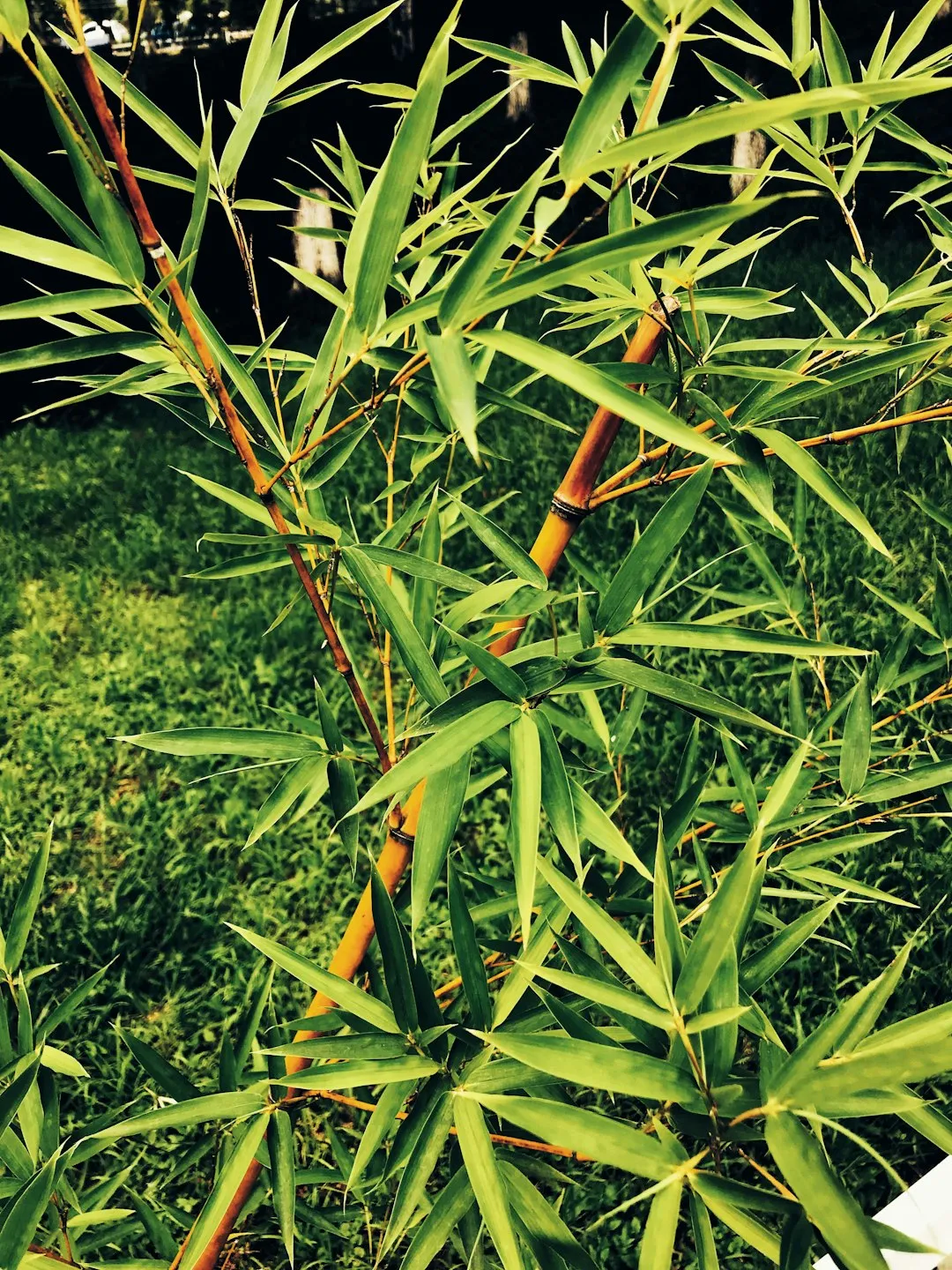Nurturing Pollinators: A Winter Garden Project

In the realm of gardening, one of the most rewarding endeavors is creating a haven for pollinators. As the seasons change and winter approaches, these vital creatures face numerous challenges. However, with a little planning and effort, you can transform your garden into a sanctuary where pollinators can thrive during the cold months. This article will guide you through the essential steps of providing the plants, water, and other necessities that pollinators need to overwinter successfully.
### Understanding Pollinators and Their Winter Needs
Pollinators, such as bees, butterflies, and hummingbirds, play a crucial role in our ecosystem. They are responsible for fertilizing plants, which in turn produces fruits, vegetables, and seeds. During the winter, many pollinators enter a state of dormancy or hibernation to conserve energy. To survive this period, they require specific resources, including shelter, food, and water.
### Choosing the Right Plants
Selecting the appropriate plants for your winter garden is essential for attracting and supporting pollinators. Native plants are often the best choice, as they are well-adapted to the local climate and provide the necessary food and shelter for native pollinators. Some excellent options for winter pollinators include:
- Winterberry (Ilex verticillata): This deciduous shrub produces bright red berries that are a valuable food source for birds and other wildlife during the winter months.
- Serviceberry (Amelanchier spp.): Serviceberries are small trees or shrubs that produce edible berries in the spring and provide nectar and pollen for pollinators in the winter.
- Goldenrod (Solidago spp.): Goldenrod is a late-blooming perennial that provides a rich source of nectar for bees and butterflies in the fall and winter.
- Joe-Pye Weed (Eutrochium spp.): Joe-Pye weed is a tall, native perennial that produces large clusters of pink or purple flowers in the late summer and fall. It is a favorite of many pollinators, including bees, butterflies, and hummingbirds.
### Providing Shelter
In addition to food, pollinators also need shelter to protect them from the cold, wind, and snow. You can create shelter for pollinators in your garden by leaving some areas of your garden undisturbed. This can include leaving fallen leaves, logs, and brush piles in place. These natural materials provide hiding places and nesting sites for pollinators.
You can also build artificial shelters for pollinators, such as bee houses and butterfly boxes. Bee houses are typically made of wood or bamboo and provide nesting sites for solitary bees. Butterfly boxes are designed to provide shelter for butterflies during the winter months. They can be made of wood, cardboard, or other materials and should be placed in a sheltered location in your garden.
### Offering Water
Water is essential for all living creatures, including pollinators. During the winter, water can be scarce, especially in areas with cold temperatures. You can provide water for pollinators in your garden by placing a shallow dish or birdbath in a sheltered location. Make sure to keep the water clean and fresh, and replace it regularly to prevent it from freezing.
### Avoiding Pesticides
Pesticides can be harmful to pollinators, so it is important to avoid using them in your garden, especially during the winter months. Instead, use natural pest control methods, such as companion planting, handpicking pests, and using insecticidal soaps and oils. These methods are safer for pollinators and the environment.
### Conclusion
By providing the plants, water, and shelter that pollinators need to overwinter, you can make a significant difference in the health and well-being of these vital creatures. Not only will you be helping to support the local ecosystem, but you will also be creating a beautiful and vibrant garden that you can enjoy year-round. So, roll up your sleeves, grab your gardening tools, and start creating a pollinator-friendly winter garden today!